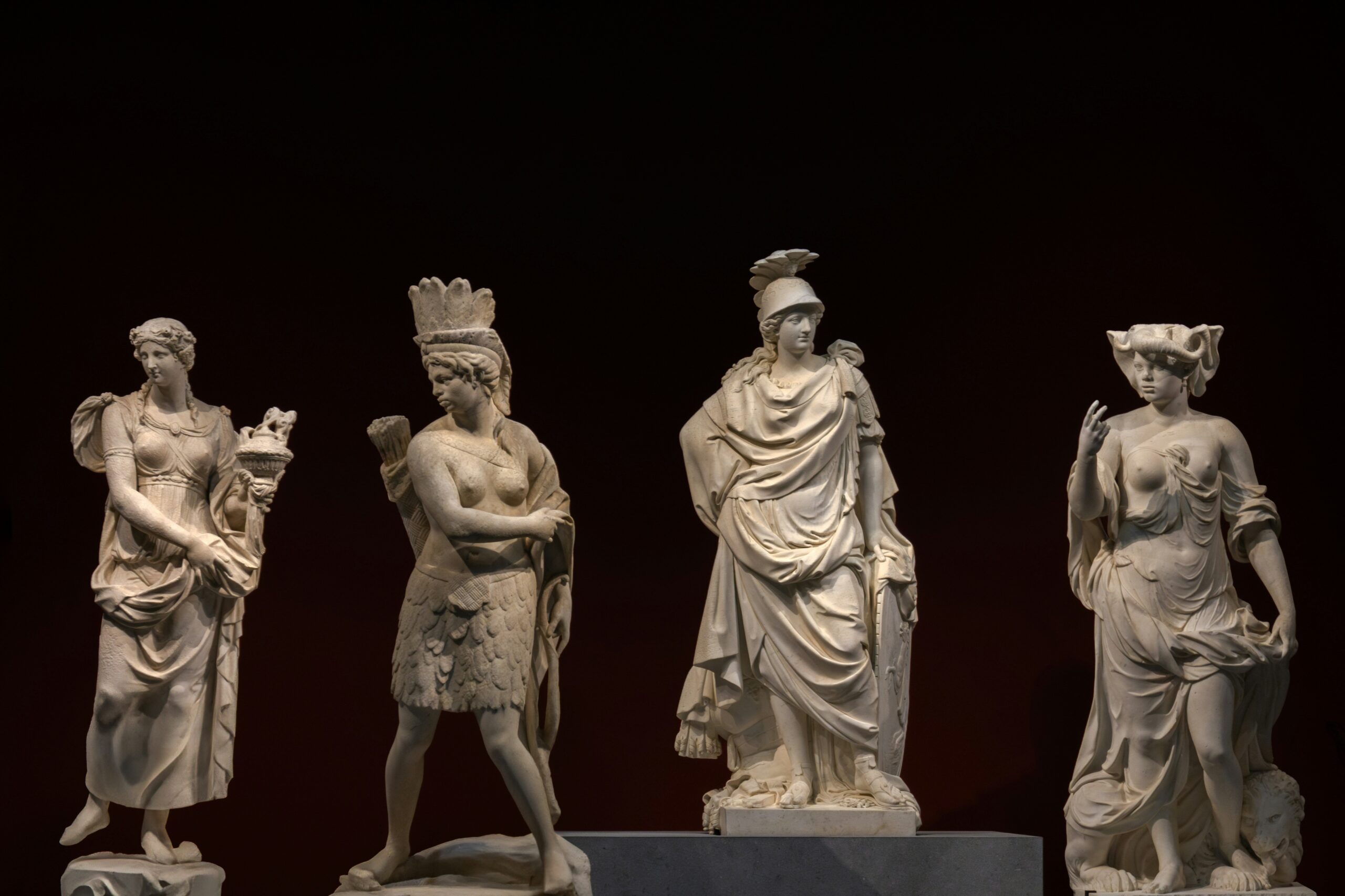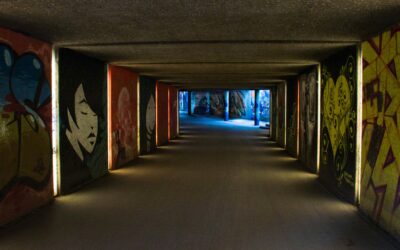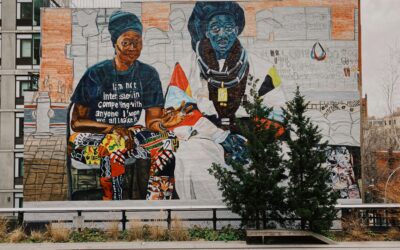Before the rise of grand cathedrals or Renaissance masterpieces, Europe was already home to rich sculptural traditions. From the mysterious figurines of Neolithic settlements to the majestic statues of ancient Greece and Rome, sculpture in early European cultures served a wide range of spiritual, political, and aesthetic purposes.
In this article, we explore how ancient Europeans used sculpture to honor gods, express power, and carve a legacy that still shapes Western art today.
The Neolithic Origins: Symbols in Stone
Some of the earliest known sculptures in Europe date back to the Neolithic period (circa 7000–2000 BCE). These small stone or clay figures—often of human forms—are scattered across prehistoric settlements, from the Balkans to the British Isles.
Venus figurines, such as the Venus of Willendorf, are believed to represent fertility, motherhood, or earth goddesses.
Megalithic structures like Stonehenge include sculptural carvings and alignments that suggest ritual or astronomical significance.
Though their precise meanings remain debated, these early sculptures demonstrate how ancient people connected form with function, spirituality, and cosmic order.
Celtic Sculpture: Symbols of Power and Myth
The Celtic tribes of Iron Age Europe (roughly 800 BCE – 100 CE) developed a distinct sculptural style. Rather than lifelike realism, Celtic art emphasized stylization, pattern, and symbolism.
Stone heads were common, often believed to hold spiritual power. The Celts considered the head the seat of the soul.
Figures of warriors, animals, and gods often appear with swirling motifs that suggest motion and transformation.
The Gundestrup Cauldron, although not a sculpture per se, features high-relief scenes with gods and beasts that reflect a vivid mythological world.
Celtic sculpture blended function with sacred meaning—used in shrines, burial sites, and tribal monuments.
Greek Influence: Humanism in Marble
As European civilizations interacted, Greek sculpture had a transformative influence on Mediterranean and later Western art.
Early Archaic Greek statues (like Kouroi) show stiff, symmetrical figures influenced by Egyptian models.
By the Classical period (5th–4th century BCE), sculptors like Phidias and Polykleitos developed idealized human forms that emphasized proportion, movement, and anatomy.
Greek temples and sanctuaries featured gods and heroes sculpted to appear powerful yet human, divine yet relatable.
The legacy of Greek sculpture lies in its celebration of human potential, rational beauty, and civic pride—principles that deeply shaped European aesthetics.
Roman Sculpture: Realism and Authority
Building upon Greek foundations, Roman sculptors added a strong dose of realism, narrative, and imperial grandeur.
Roman portrait busts, often carved in marble or bronze, captured every wrinkle and feature—especially of emperors and statesmen.
Triumph arches and public monuments like Trajan’s Column told stories in stone, celebrating military victories and divine favor.
In Roman homes and villas, statues of gods, muses, and ancestors served both decorative and spiritual roles.
Roman sculpture blended Greek artistry with Roman politics, turning public space into a canvas for state ideology.
The Spiritual Turn: Late Antiquity and Early Christian Sculpture
As Christianity spread through the Roman Empire in the 3rd and 4th centuries CE, sculpture shifted from polytheistic deities to new spiritual ideals.
Early Christian sarcophagi featured carved Biblical scenes—symbolic rather than realistic.
Sculptural decoration began to appear on churches, often with symbolic animals, saints, and motifs drawn from both pagan and Christian sources.
This period marked a transition from the classical human form to a more spiritual abstraction, setting the stage for medieval art.
Sculpture was no longer just about appearance—it was about transcendence.
Northern Europe: Tribal and Early Medieval Traditions
While the Mediterranean embraced classical and Christian influences, Northern European tribes such as the Germanic, Norse, and Slavic peoples developed their own sculptural expressions.
Runestones and carved wooden totems conveyed myths, family lineage, or warnings to invaders.
In Norse culture, dragon-headed ships and grave markers blended craftsmanship with mythic power.
Many artifacts show intricate interlace patterns and zoomorphic forms, rooted in oral tradition and animistic belief systems.
Though often smaller in scale, these sculptures were rich in symbolic depth and cultural identity.
A Legacy in Stone
The sculptures of ancient Europe were not created in isolation. They reflected the exchange of ideas, the movement of empires, and the transformation of worldviews—from animism to polytheism, and eventually monotheism.
Whether carved from limestone cliffs or shaped in bronze, these figures endure because they captured something essential: the human desire to make sense of life through form.
Today, they survive in museums, ruins, and folk memory. Their influence resonates in modern sculpture, architecture, and even philosophy—reminding us that every age carves its own truths.




